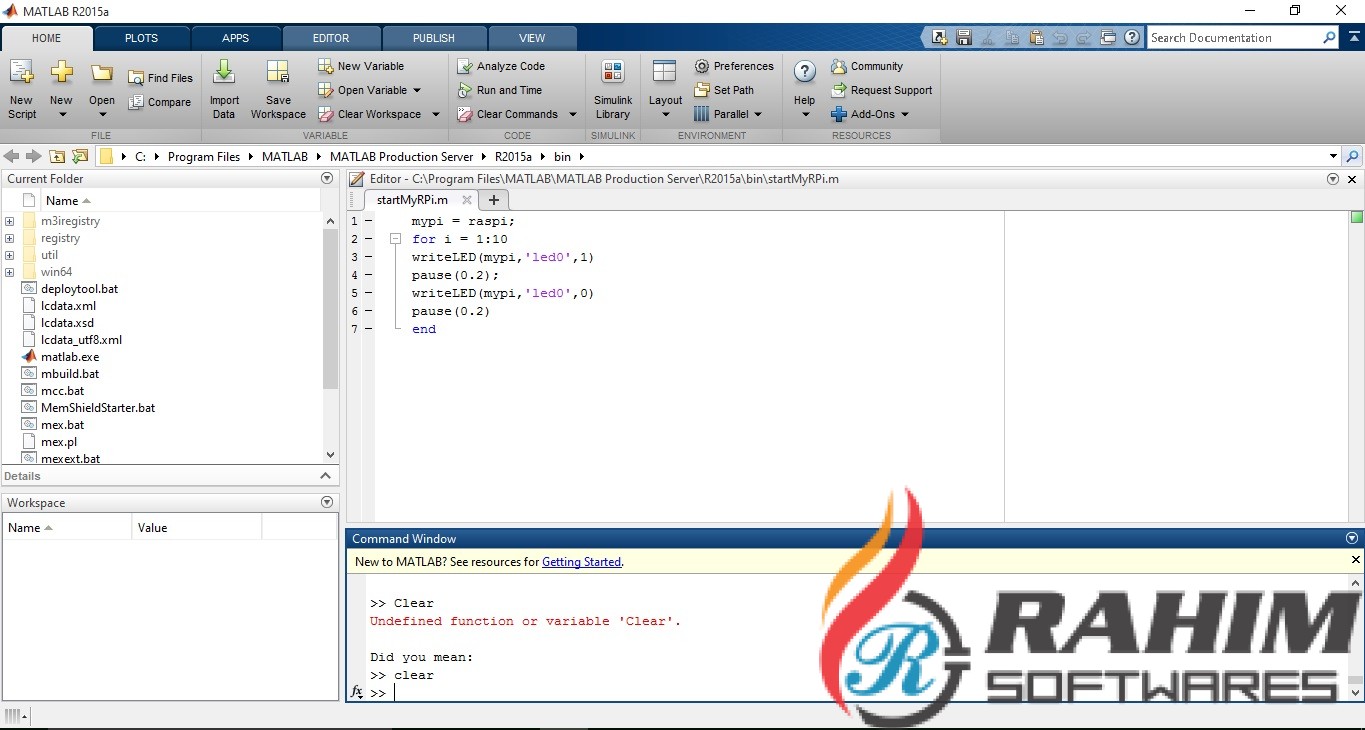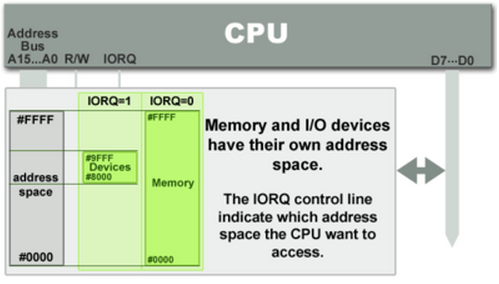
Java memory disk map free#
Please feel free to share your thoughts and comments. Thanks for your time reading this post, I hope you found it useful. Physical memory consumed by both stack and heap may reside in RAM, CPU Cache or CPU registers.Note that the layout mentioned above is a only a “logical” layout of memory.Size of heap is dynamic and can grow or shrink during the lifetime of a process.This size depends on the VM implementation/command line options. Size of each stack is constant over the lifetime of a process and is generally set around 1MB.Class loader reads class binaries from the disk into memory.Notice how GC being independent of heap, can monitor and control the size of heap. Execution engine consists of JIT and garbage collector.JVM includes execution engine and class loader.Note that all the threads in a process share the same heap, however their stacks are separate.Each thread within a process maintains its own stack.Each java process has its own, separate, independent copy of JVM loaded into memory.Here are few notes to add to the diagram: The diagram above captures various components typically loaded into a java process. To work with multiple entries, we have to lock those entries to prevent inconsistency that may occur due to a concurrent update: try (ExternalMapQuer圜ontext, ?> fistContext = multiMap.This post covers few points on logical view of a java process’s memory footprint. of(Integer.class, (Class>) (Class) Set.class) Let's first create a multimap and add some values to it: Set averageValue = IntStream.of(1, 2).boxed().collect(Collectors.toSet()) The quer圜ontext() method will create a context for working with a map entry. For this, we can use the quer圜ontext() functionality. There may be use cases where we need to deal with multiple keys at the same time. We have used RandomAccesFile to open a File and then mapped it to memory using FileChannels map() method, map method takes three parameter modes, start, and. In our case, the getUsing() method is equivalent to:

It basically reuses the same object for retrieving different entries. Here we've used the same StringBuilder object for retrieving values of different keys by passing it to the getUsing() method. PersistedCountryMap.getUsing(key, country) ĪssertThat(country.toString(), is(equalTo("Romania"))) ĪssertThat(country.toString(), is(equalTo("India"))) StringBuilder country = new StringBuilder() Let's see this in action: LongValue key = Values.newHeapInstance(LongValue.class)

In addition to the normal get and put operations, ChronicleMap adds a special operation, getUsing(), that reduces the memory footprint while retrieving and processing an entry. InMemor圜ountryMap.put(qatarKey, "Qatar") ĬharSequence country = inMemor圜ountryMap.get(key) ChronicleMap supports all the operations from the Java Map interface and ConcurrentMap interface: LongValue qatarKey = Values.newHeapInstance(LongValue.class) Single-key queries are the operations that deal with a single key. constantKeySizeBySample() – The number of bytes to be allocated for the key of a map entry when the size of the key is always the same.averageKeySize() – The average number of bytes to be allocated for the key of a map entry.

averageKey() – The key from which the average number of bytes to be allocated for the key of a map entry is determined.constantValueSizeBySample() – The number of bytes to be allocated for the value of a map entry when the size of the value is always the same.averageValueSize() – The average number of bytes to be allocated for the value of a map entry.averageValue() – The value from which the average number of bytes to be allocated for the value of a map entry is determined.Now, let's see what the options are for configuring the average number of key/value bytes: In our example, we're not configuring the average key since the key type LongValue is a value interface. It's mandatory to configure the average value and average key while creating a Chronicle Map, except in the case where our key/value type is either a boxed primitive or a value interface.


 0 kommentar(er)
0 kommentar(er)
